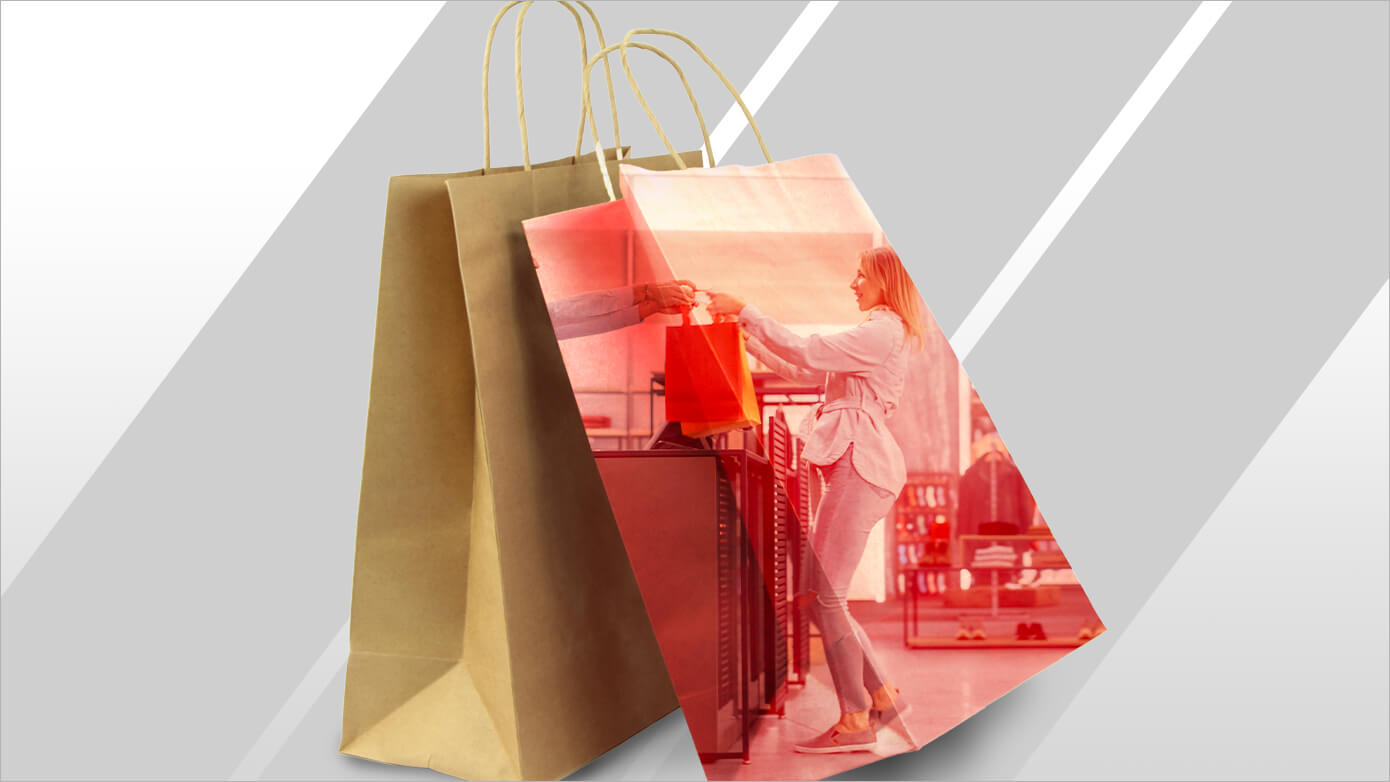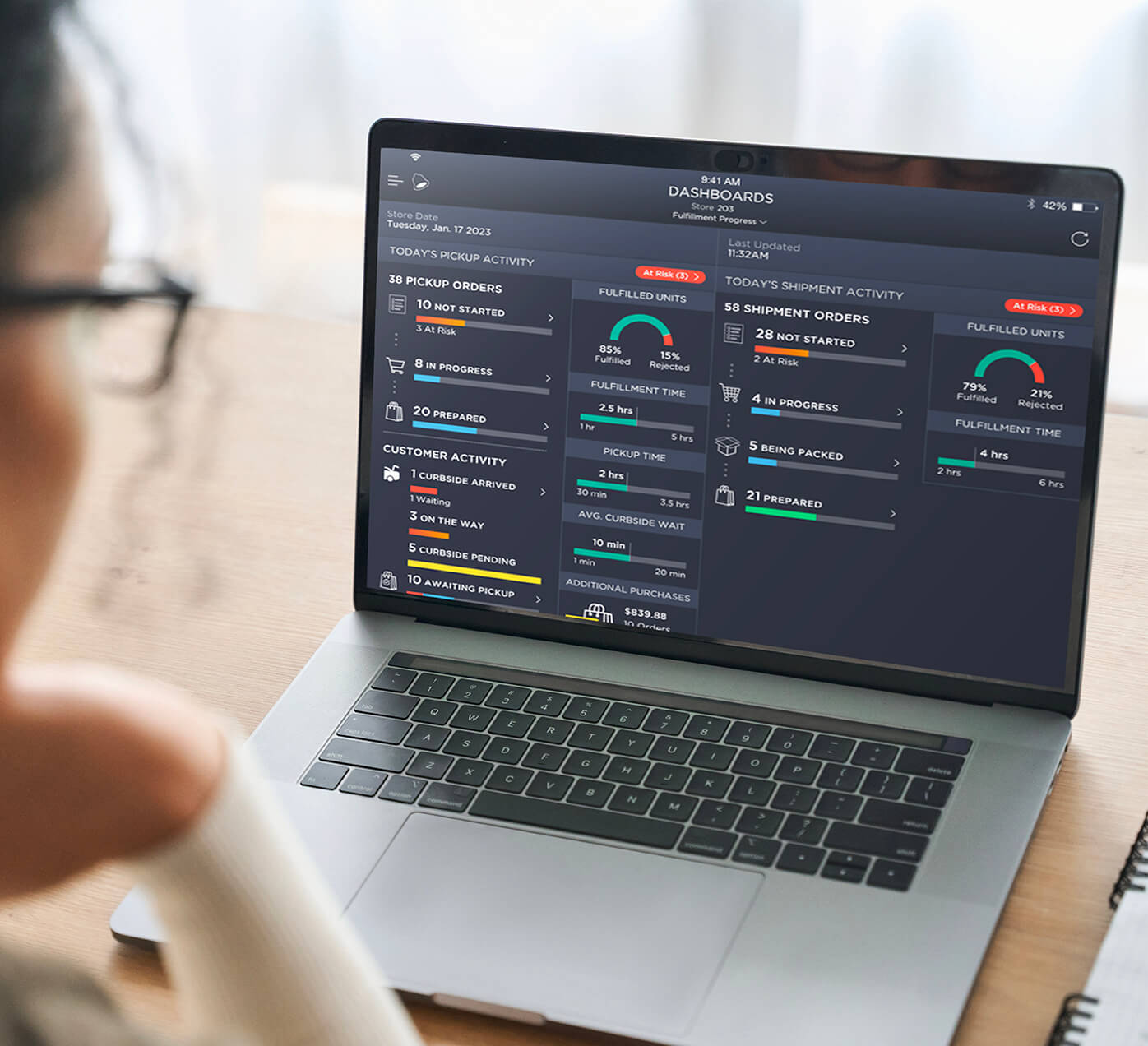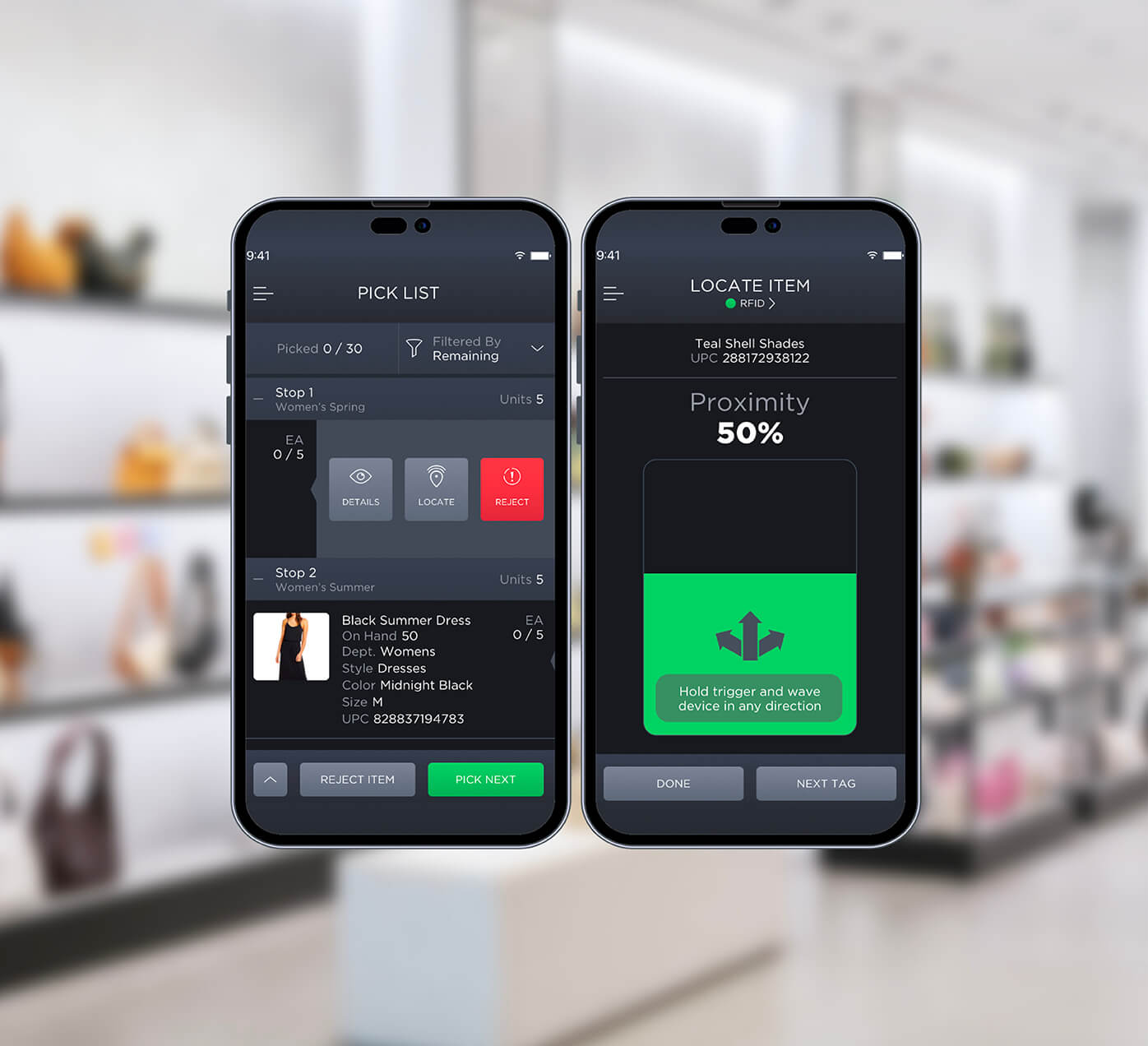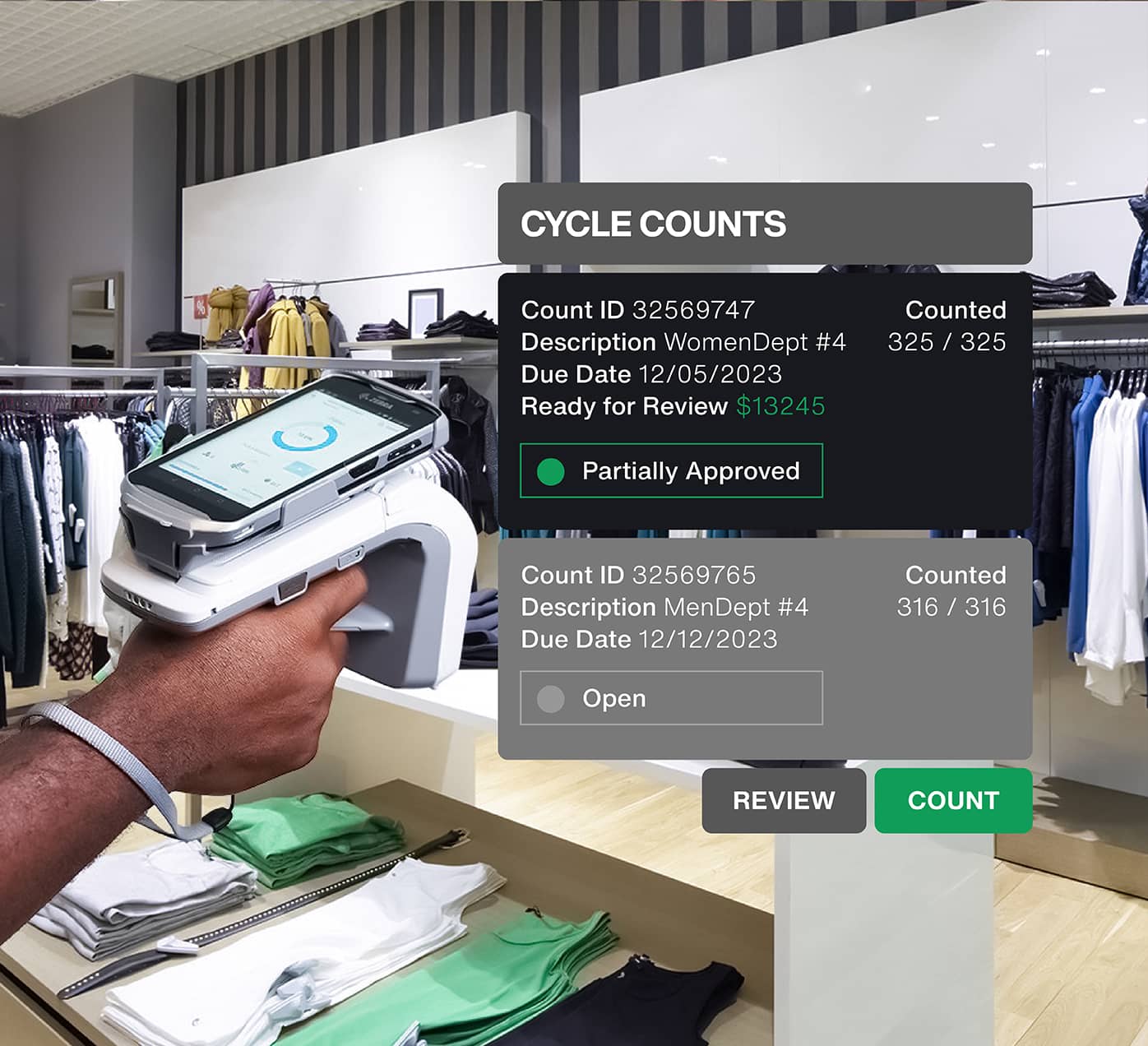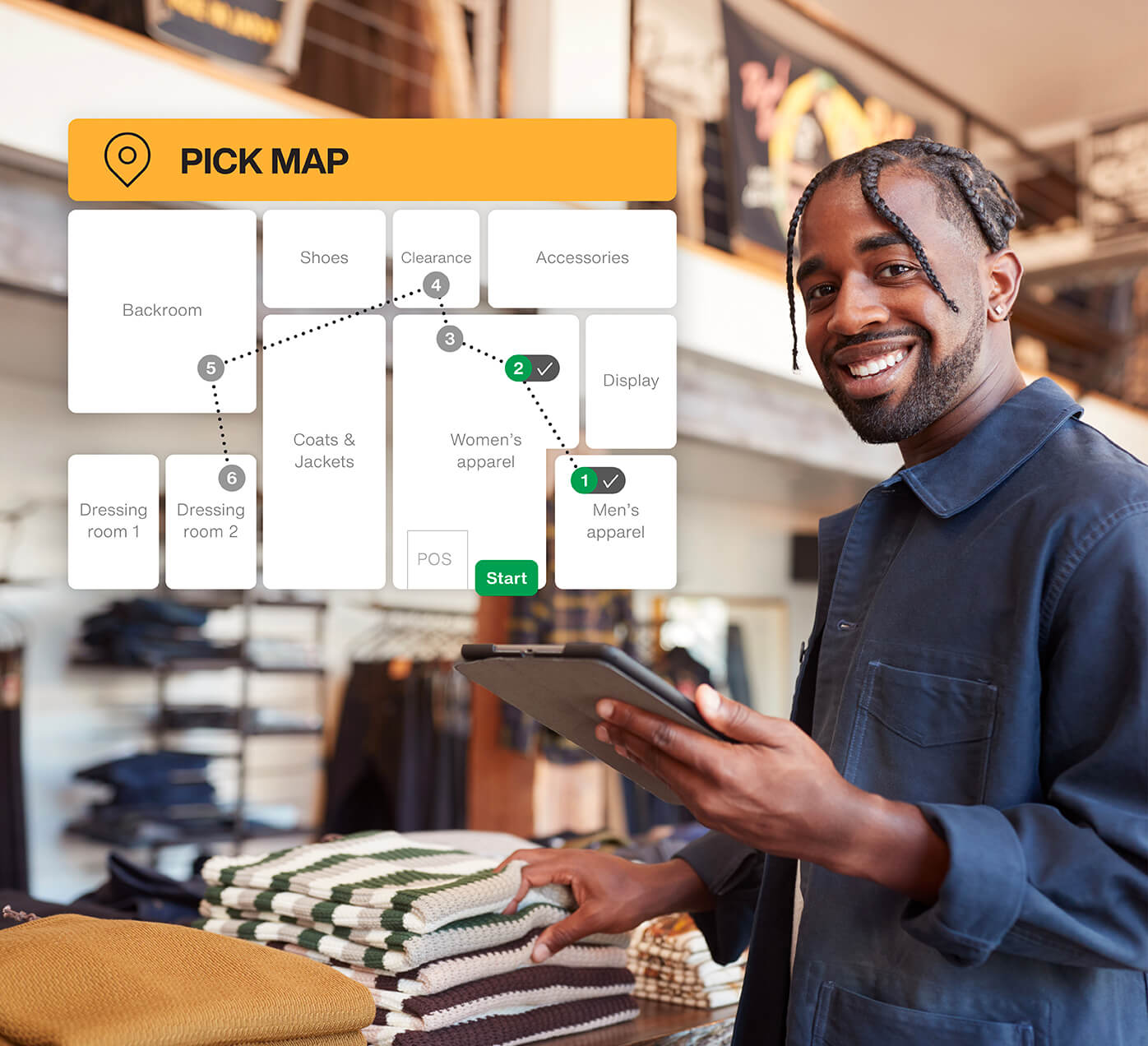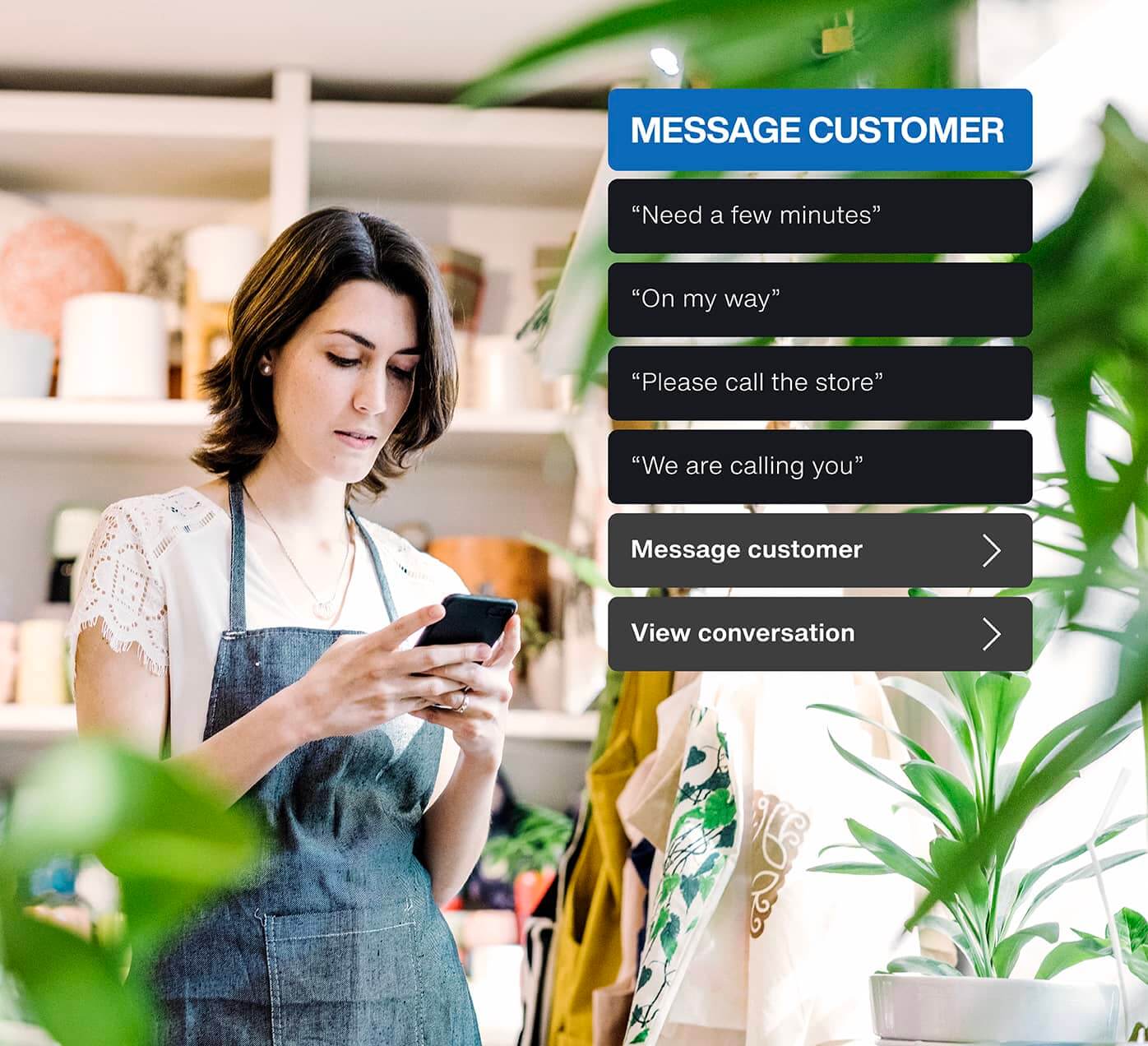Modern Stores Are Fulfilling
Store Fulfillment is the fourth of the five essential elements to creating modern store experiences. Optimized store fulfillment satisfies the customer's desire for immediacy, creating a positive experience and encouraging repeat business.
Meeting Customer’s Heightened Demand for Immediacy
Modern shoppers increasingly opt for the convenience of buying online and picking up their orders in-store, also known as BOPIS. This trend has highlighted the importance of store fulfillment services for retailers. Modern retailers are also expanding their use of store fulfillment to ship orders, reducing shipping costs and meeting the customers’ increasing demand for fast delivery.
Modern retailers must strengthen their store operations to become reliable sources for digital commerce fulfillment. This initiative includes optimizing inventory management, fulfillment execution, and human performance. By prioritizing store fulfillment performance, stores can consistently meet order fulfillment commitments, handle increasing order volumes, and satisfy customer demand for faster delivery.
Equipping Store Associates to Succeed
Store fulfillment performance is heavily dependent on store associates. They play a crucial role in delivering reliable fulfillment to customers. It is essential to keep them promptly informed of orders, tasks, and other activities while they continue to perform their daily store work. By doing so, they can consistently fulfill order commitments.
Store fulfillment tools, such as visual fulfillment dashboards, should be unified with other store tools, such as point of sale, to help associates efficiently manage their growing workload. With clear visibility into prioritized tasks, enhanced by proactive notifications, associates can keep on top of time-sensitive activities.
To execute fulfillment tasks quickly and accurately, associates should be equipped with clear digitized guidance, ideally on mobile devices. This capability will enable them to perform at higher levels and deliver customers a consistently reliable fulfillment experience.
Outcomes of Successful Store Associates
-
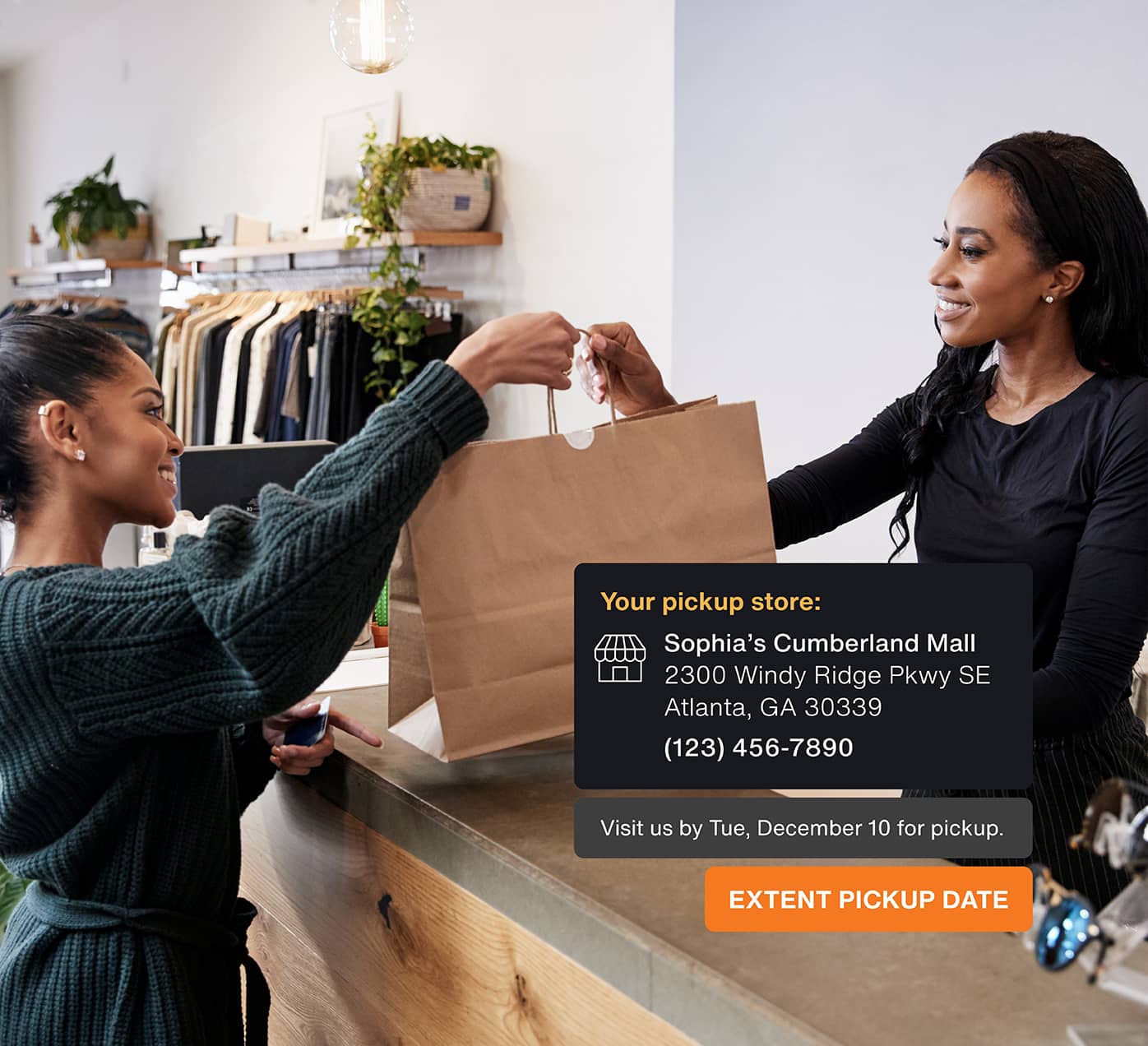
Improved Ability to Meet Order Commitments
When unified with other store technology offerings, store fulfillment tools can consistently and reliably improve a store’s ability to meet customer order fulfillment commitments.
-

Increased Productivity
Mobile solutions for store associates can streamline operational tasks, reducing time spent and increasing their productivity.
-
Better Employee Engagement
Using advanced technology can make employees feel more empowered and engaged in their work, improving store associate performance.
"84% of retail employees feel more valued by their employer when provided with technology tools to help them work."

Employing RFID for Greater Efficiency
Enhancing store fulfillment performance is a top priority, and it hinges on the accurate location of inventory items. By making inventory rapidly discoverable, RFID tags and technology can significantly boost inventory accuracy. This, in turn, accelerates fulfillment as associates can quickly locate and pick items. Adopting RFID technology is a proven way to improve fulfillment performance, instilling confidence in the reliability and efficiency of store operations.
RFID technology automates store inventory management. During inventory management processes, RFID tags on inventory items and RFID scanners work together to find store inventory in real time, streamlining inventory management automatically.
RFID technology delivers significant productivity gains in fulfillment by removing location complexities and accelerating order picking, which enables associates to be more productive. RFID is essential for stores to achieve distribution center-like accuracy and efficiency, ensuring a consistently reliable store fulfillment experience.
Outcomes of Employing RFID
-

Increased Store Inventory Accuracy
RFID significantly improves store inventory accuracy, improving inventory visibility for reliable use in omnichannel selling and store fulfillment.
-
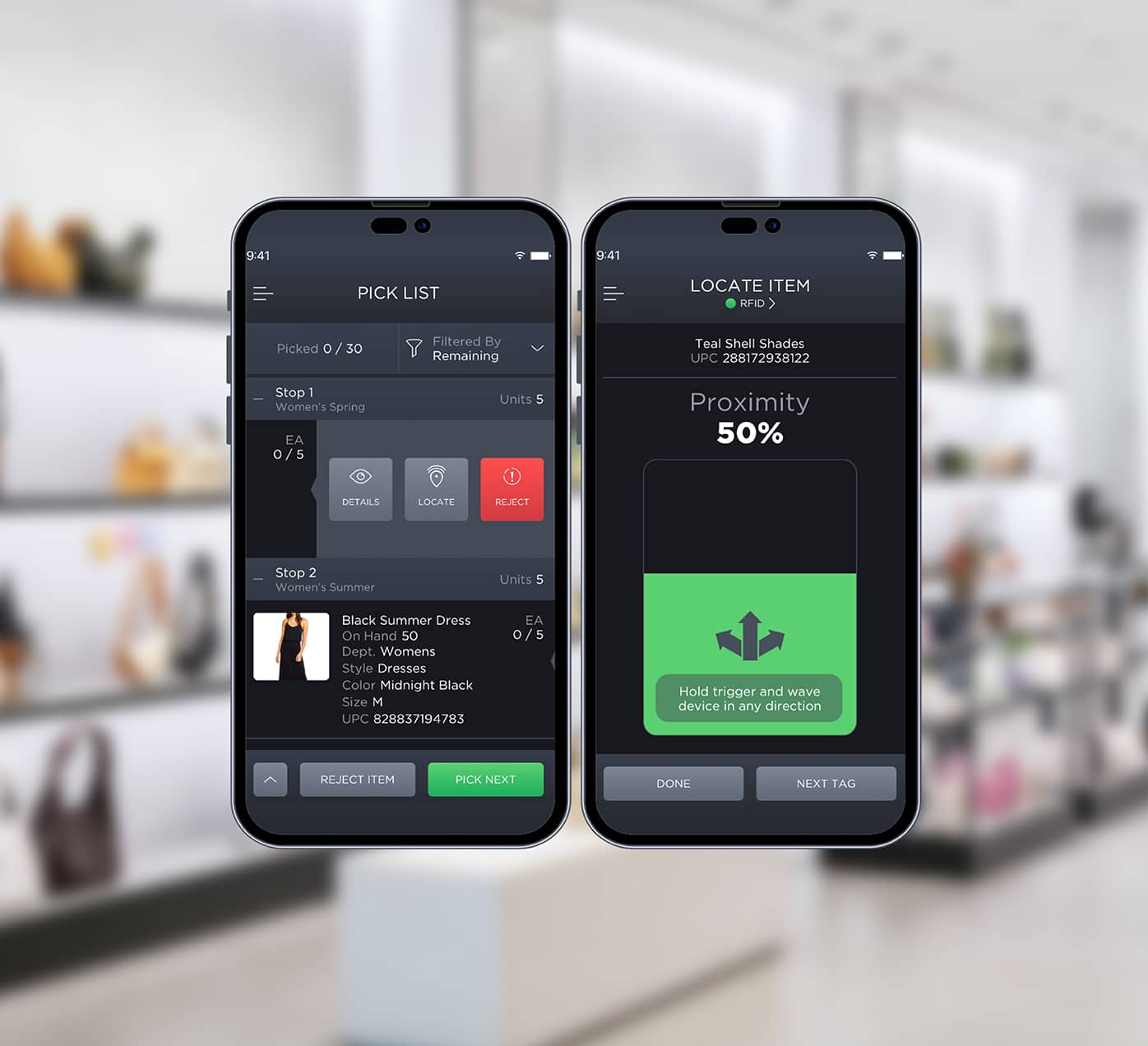
Accelerated Store Fulfillment
RFID accelerates store order picking, enabling stores to consistently meet customer order commitments and expectations.
-

Improved Store Fulfillment Productivity
RFID increases store associate productivity, helping them manage increasing order volumes while delivering reliable and precise fulfillment services.
"RFID in stores can boost inventory accuracy levels to as much as 98%."

Raising Store Inventory Accuracy
Today, store inventory is an integral part of a retailer's global inventory network, enabling the sale of store inventory across a retailer's sales channels. The rise of omnichannel selling and store fulfillment places more significant pressure on stores to enhance the precision of inventory management.
Stores can no longer use manual inventory management processes. They must execute like distribution centers, instilling greater discipline in inventory management from receiving to store shelves. Stores must rectify the root causes of inventory accuracy errors through disciplined standard operating procedures that ensure precise inventory management executed with greater frequency.
Modern stores can achieve distribution center performance by digitizing, mobilizing, and automating store inventory management, such as receiving or cycle counts. Although stores may never achieve execution like distribution centers, incremental improvements can significantly improve sales and customer satisfaction by reducing inventory inaccuracies.
Outcomes of Raising Store Inventory Accuracy
-
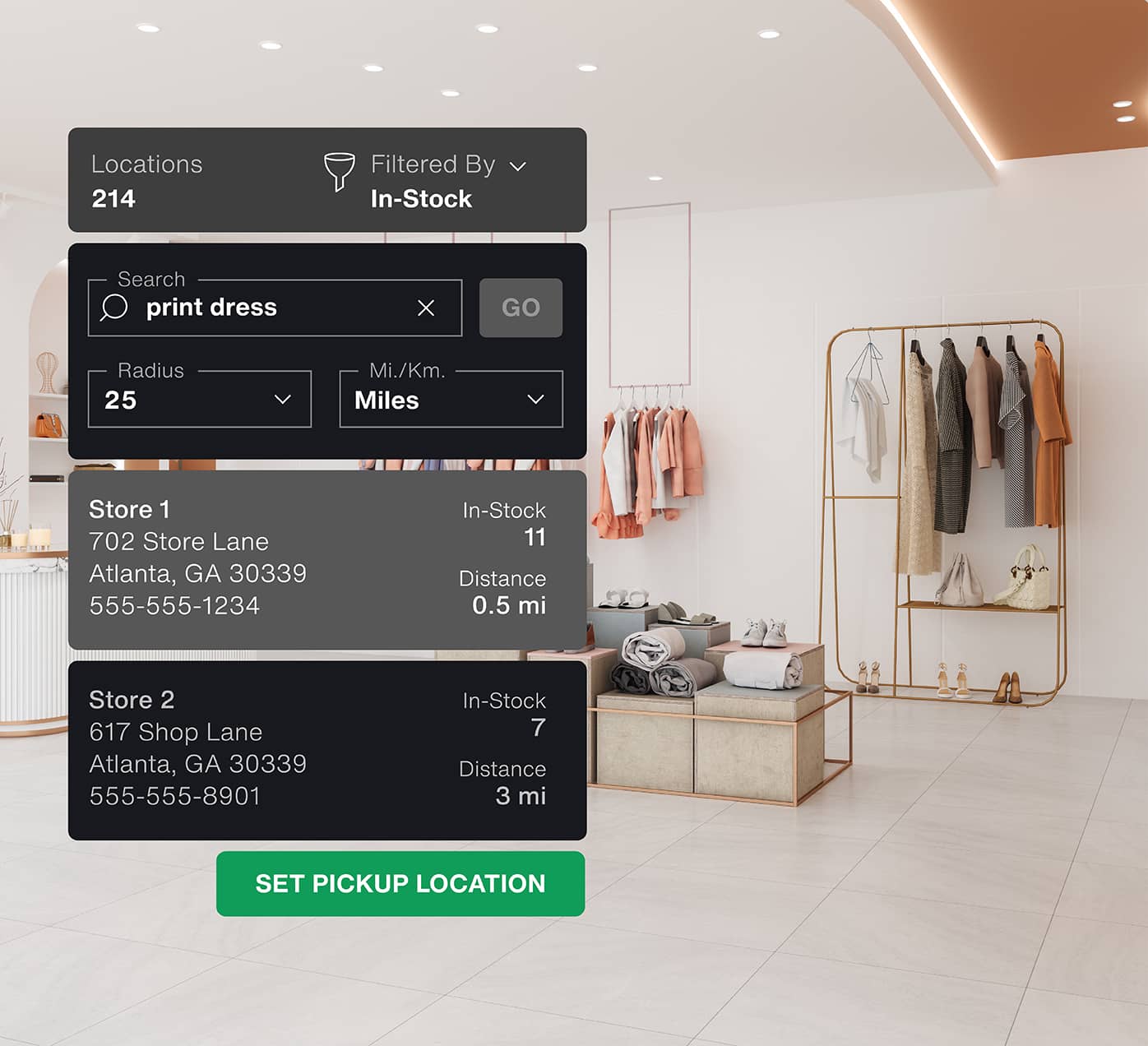
More Precise and Timely Inventory Tracking
More frequent inventory cycle counting, and real-time inbound and outbound inventory tracking provide more up-to-date and accurate information on stock levels and locations.
-
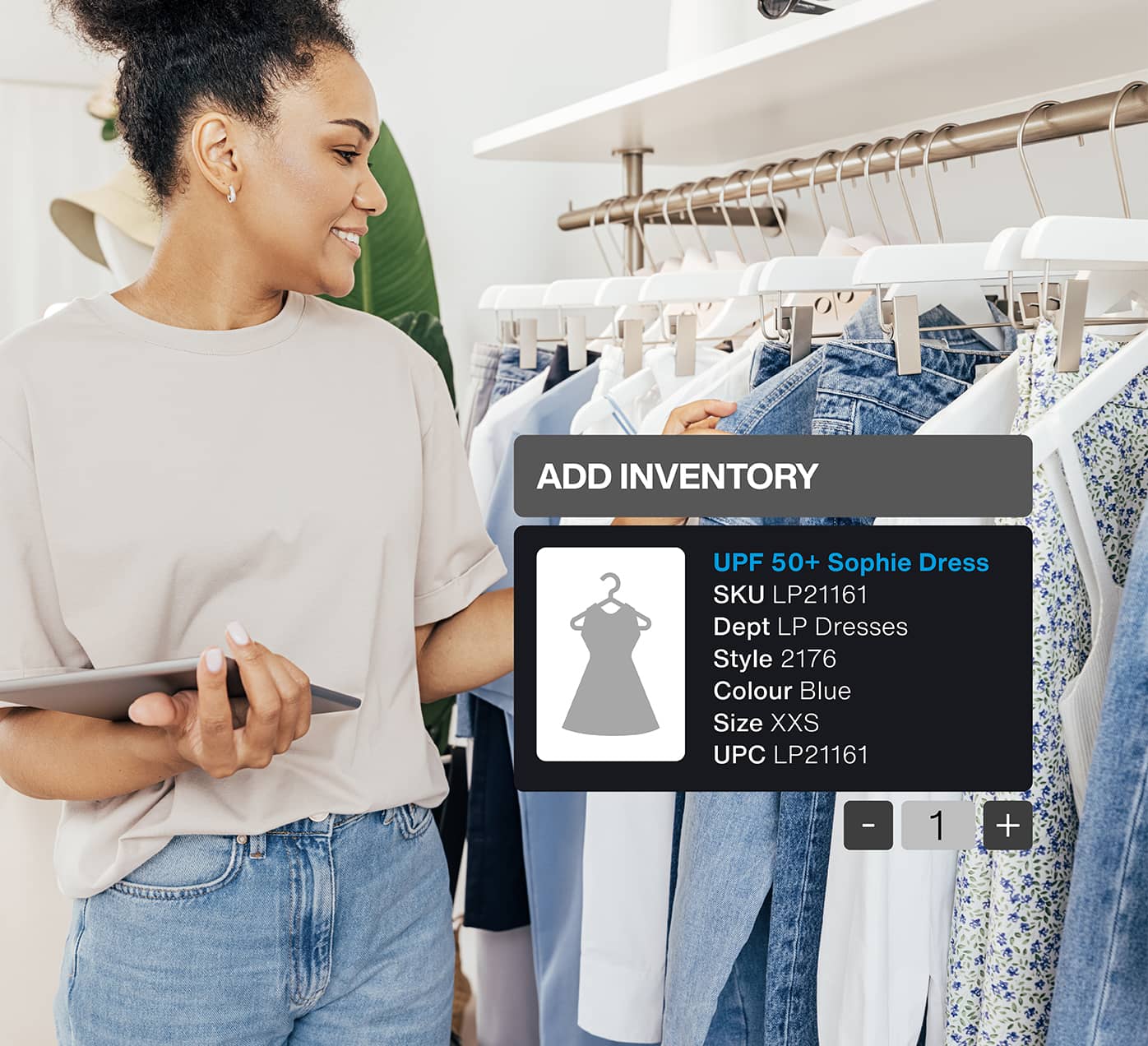
Reduced Inventory Errors
Digitized and automated processes reduce human errors that degrade inventory accuracy.
-
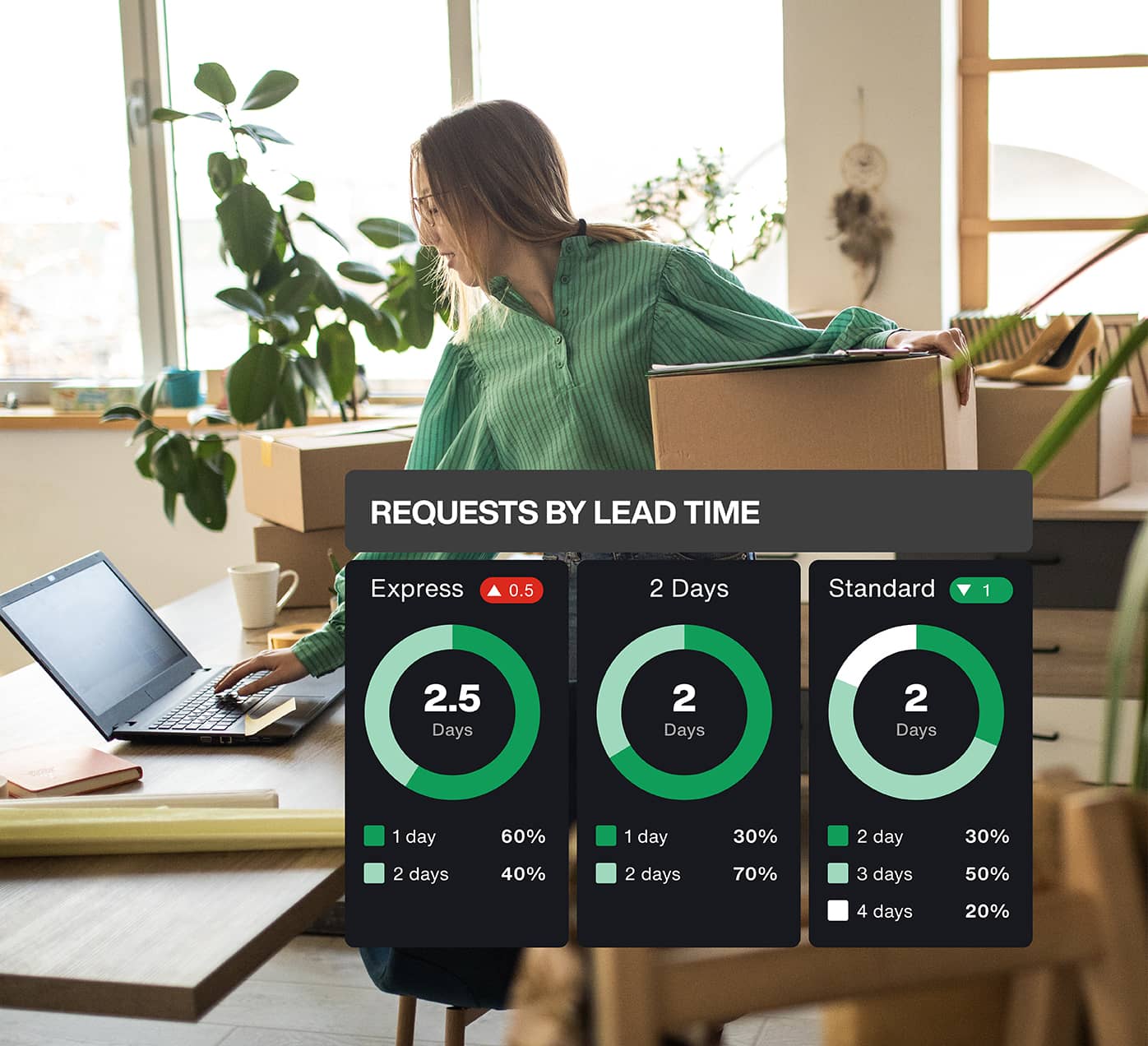
Improved Omnichannel Selling Accuracy
Improved inventory accuracy and timely inventory updates improve store inventory visibility, which improves omnichannel selling and store fulfillment reliability.
"60% approximate inventory accuracy in retail stores while distribution centers typically are at 89% to 99% accuracy."

Scaling Fulfillment Capacity
Buy online, pick up in-store (BOPIS), and ship-from-store meet growing consumer demand for convenience and delivery speed. However, typical retail stores find it challenging to operationalize store fulfillment to meet increasing demand while controlling fulfillment costs.
Physical stores and store employees are typically not optimized for picking, packing, and preparing orders for pickup or delivery. If stores cannot keep up with rising demands, costs can increase, and customer satisfaction and sales can decline.
Store associates must be sufficiently prepared to execute fulfillment efficiently and precisely. Store solutions that assist associates in picking orders, such as mobile applications with guided pick paths and integrated RFID readers for quickly finding items, can significantly improve productivity and precision and reduce costs. Such capabilities reduce order fulfillment cycle times, enabling the capacity to meet order commitments, particularly during peak times.
Outcomes of Scaling Fulfillment Capacity
-

Ensure Capacity to Meet Demands
When store fulfillment processes are optimized, fulfillment productivity rises, enabling stores to manage rising order volumes reliably.
-

Higher Sales Conversions
Expanding store fulfillment capabilities offers customers a flexible option to receive their purchases, which can improve digital sales conversions and raise sales.
-
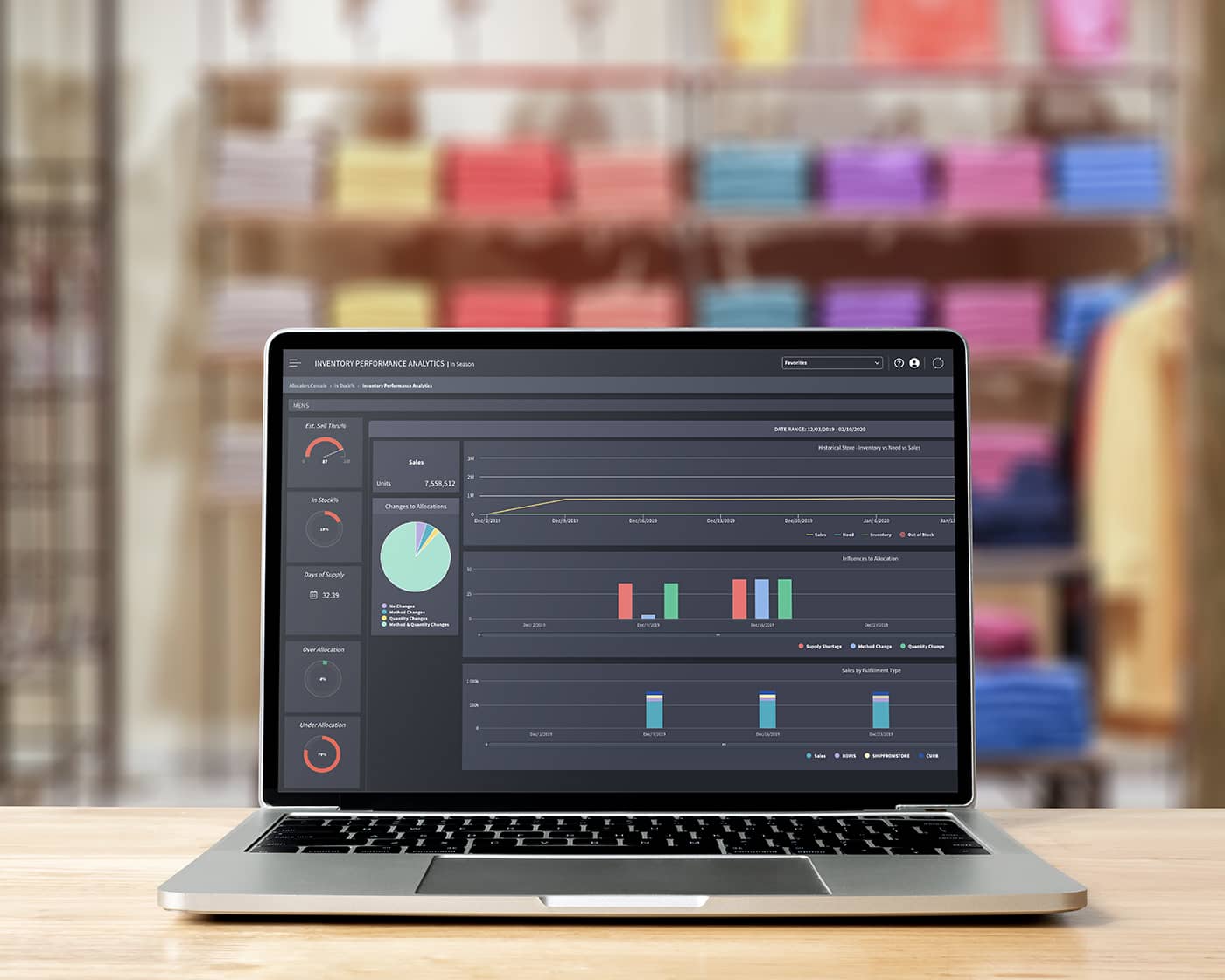
Reduced Operational Costs
Optimized store fulfillment processes help reduce the operational and human resources costs needed to meet store order fulfillment demands.
"Store fulfillment can be 1.5x to 2x more costly on a per-pick basis than orders fulfilled from distribution centers."

Turning Pickup into a Service Differentiator
Store fulfillment is often considered a back-office function that prepares orders for fulfillment. However, it is also a vital customer service function that can differentiate a retail brand through convenience and value-added interactions.
Customers rightfully expect to receive their orders at the promised time without the hassle of waiting in line. Stores and customers must be in constant communication regarding pickup progress. Clear customer notification about order readiness, pickup location, identification requirements, and other relevant information is essential. Two-way messaging between customers and stores facilitates seamless communication and helps resolve any issues quickly.
The pickup process should be fast, easy, and secure, with proper customer identification executed carefully to avoid fraud. Store associates should be equipped with store functions such as assisted selling or point of sale at pickup, making it easy for customers to purchase complementary products that add value to their original order.
Outcomes of Pickup as Service Differentiator
-

Increased Sales
Providing a store pickup experience that delights customers encourages repeat business, increasing sales.
-
Improved Brand Reputation
A consistently informative, precise, and timely customer order pickup experience can distinguish a retailer’s BOPIS offering from competitors.
-
Reduced Operational Costs
Improving the efficiency and precision of store pickup processes can lower operational costs, especially costs associated with fraud.
"67% of BOPIS users buy additional items from a retailer when picking up their original order."

Contact Us
Ready to Optimize Store Fulfillment?
Embrace customers’ demand for immediacy with technology built for digital commerce fulfillment.
5 Steps to Creating Modern Store Experiences
Unlock the store experience today's customers desire by digging deeper into each essential component of a successful Modern Store.

Empowered Associates
Store Associates, empowered by insight and technology, adeptly orchestrate modern store experiences.

Seamless Selling
Shoppers enjoy seamless purchases enhanced by omnichannel ordering, fast checkout, and flexible payments.

Personal Retailing
Personalized engagement delights shoppers with individualized attention, expert advice, and elevated service.

Insight-Driven
Prioritize the use of store and comparative insights to continuously improve operations and experiences.
